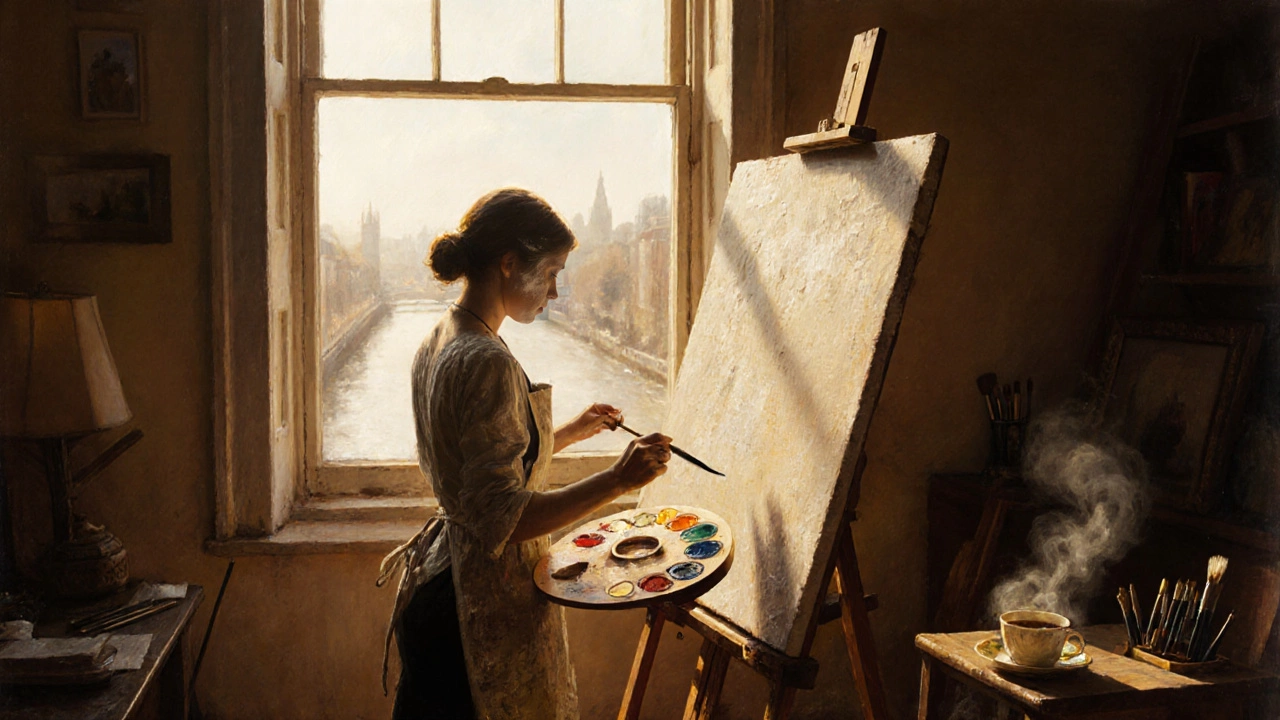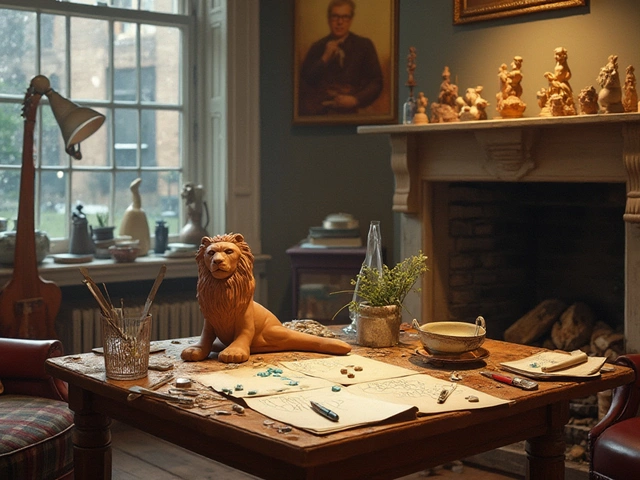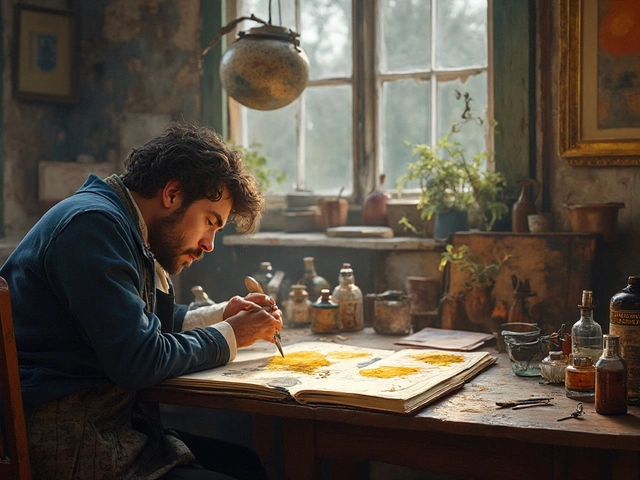Best Surface for Portrait Painting – Find Your Perfect Canvas, Panel or Paper
When you sit down to paint a portrait, the surface you choose can make or break the result. A good surface lets you blend skin tones smoothly, holds paint without cracking, and survives years on a wall. Below we break down the most popular options, what they’re good for, and how to pick the right one for your style and budget.
Canvas vs. Linen: Which Holds Up Better?
Canvas is the go‑to for many portrait artists because it’s cheap, lightweight, and stretches easily over a frame. Most beginner kits come with cotton canvas pre‑primed, which works fine for acrylics and oils. The weave is tight enough to show fine detail, but you’ll notice a slight texture that can add character to skin tones.
Linen is the premium cousin of canvas. It’s made from flax fibers, so the surface is smoother and more uniform. Portraits on linen tend to look sharper, especially when you layer thin glazes in oil. The downside? Linen costs more and needs a stronger stretcher to stay flat. If you’re serious about selling portraits or want a museum‑quality finish, linen is worth the extra spend.
Both canvas and linen need a proper ground—usually gesso. Apply two thin coats, sand lightly, then add a third if you want a really smooth finish for delicate details. Skipping this step can cause paint to soak in unevenly and make blending harder.
Wood Panels and Other Alternatives
Wood panels give you a completely flat, rigid surface. MDF (medium‑density fibreboard) is an affordable option; it’s smooth when sanded and doesn’t flex like canvas. For oil painters, a panel prevents the dreaded “craquelure” (cracking) that can happen on stretched canvas over time. Many artists prime panels with acrylic gesso and then apply an oil‑based primer for extra grip.
If you prefer a natural look, poplar or birch panels work well. They’re sturdy and hold fine brushwork, but you must seal the wood to avoid warping from humidity. A thin coat of rabbit skin glue or an oil primer does the trick.
Paper is another choice, especially for quick studies or watercolor portraits. Look for heavyweight, acid‑free paper (300 gsm or more). It’s cheap and easy to transport, but it won’t stand the test of time like canvas or panel unless you frame it behind glass.
Here are a few quick tips to decide:
- Budget‑friendly: cotton canvas or MDF panel.
- High‑detail work: linen or smooth wood panel.
- Fast, disposable studies: heavyweight paper.
- Long‑term sales or exhibitions: linen stretched on a solid frame.
Whatever surface you pick, always test a small area first. Paint a swatch, let it dry, and check for cracking, absorbency, or unwanted texture. That tiny experiment can save you hours of rework later.
In the end, the “best” surface is the one that matches your technique, medium, and the look you’re after. Try a few, note how each feels under the brush, and stick with the one that lets you bring out the personality of your subject without hassle.
Best Surface for Portrait Painting: Canvas, Panel, or Paper?
Discover the ideal surface for portrait painting. Compare canvas, linen, wood panels, and more to choose the perfect base for oil or acrylic portraits.
Continue Reading




